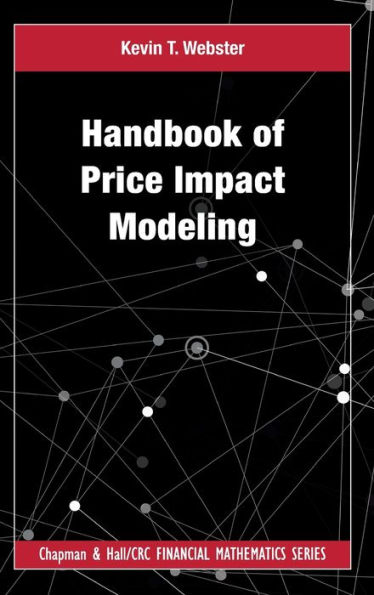- How do stock prices react to a trading strategy?
- How to scale a portfolio considering its trading costs and liquidity risk?
- How to measure and improve trading algorithms while avoiding biases?
Price impact models answer these novel questions at the forefront of quantitative finance. Hence, practitioners and students can use this Handbook as a comprehensive, modern view of systematic trading.
For financial institutions, the Handbook’s framework aims to minimize the firm’s price impact, measure market liquidity risk, and provide a unified, succinct view of the firm’s trading activity to the C-suite via analytics and tactical research.
The Handbook’s focus on applications and everyday skillsets makes it an ideal textbook for a master’s in finance class and students joining quantitative trading desks. Using price impact models, the reader learns how to:
- Build a market simulator to back test trading algorithms
- Implement closed-form strategies that optimize trading signals
- Measure liquidity risk and stress test portfolios for fire sales
- Analyze algorithm performance controlling for common trading biases
- Estimate price impact models using public trading tape
Finally, the reader finds a primer on the database kdb+ and its programming language q, which are standard tools for analyzing high-frequency trading data at banks and hedge funds.
Authored by a finance professional, this book is a valuable resource for quantitative researchers and traders.
- How do stock prices react to a trading strategy?
- How to scale a portfolio considering its trading costs and liquidity risk?
- How to measure and improve trading algorithms while avoiding biases?
Price impact models answer these novel questions at the forefront of quantitative finance. Hence, practitioners and students can use this Handbook as a comprehensive, modern view of systematic trading.
For financial institutions, the Handbook’s framework aims to minimize the firm’s price impact, measure market liquidity risk, and provide a unified, succinct view of the firm’s trading activity to the C-suite via analytics and tactical research.
The Handbook’s focus on applications and everyday skillsets makes it an ideal textbook for a master’s in finance class and students joining quantitative trading desks. Using price impact models, the reader learns how to:
- Build a market simulator to back test trading algorithms
- Implement closed-form strategies that optimize trading signals
- Measure liquidity risk and stress test portfolios for fire sales
- Analyze algorithm performance controlling for common trading biases
- Estimate price impact models using public trading tape
Finally, the reader finds a primer on the database kdb+ and its programming language q, which are standard tools for analyzing high-frequency trading data at banks and hedge funds.
Authored by a finance professional, this book is a valuable resource for quantitative researchers and traders.

Handbook of Price Impact Modeling
432
Handbook of Price Impact Modeling
432Hardcover

Product Details
| ISBN-13: | 9781032328225 |
|---|---|
| Publisher: | CRC Press |
| Publication date: | 05/05/2023 |
| Series: | Chapman and Hall/CRC Financial Mathematics Series |
| Pages: | 432 |
| Product dimensions: | 6.12(w) x 9.19(h) x (d) |
